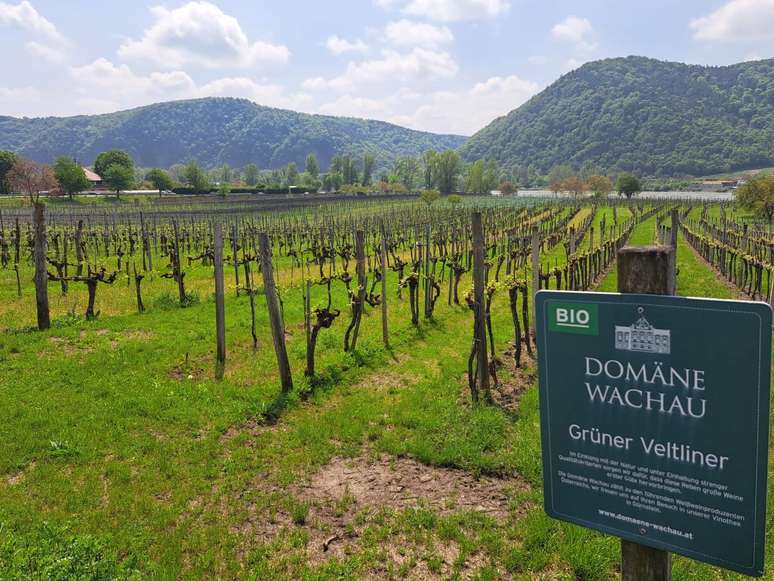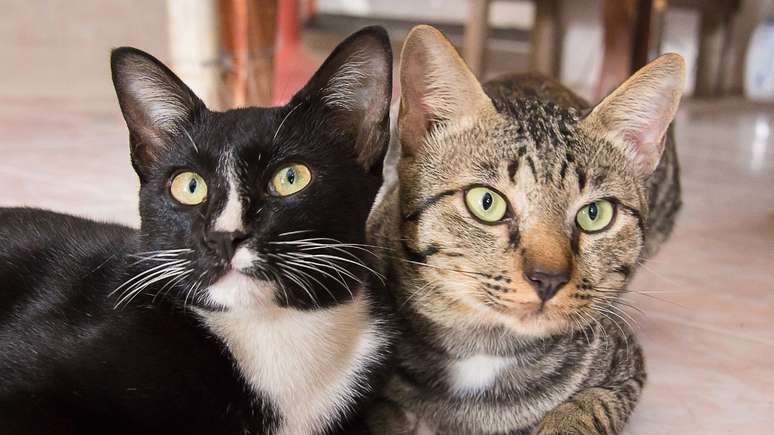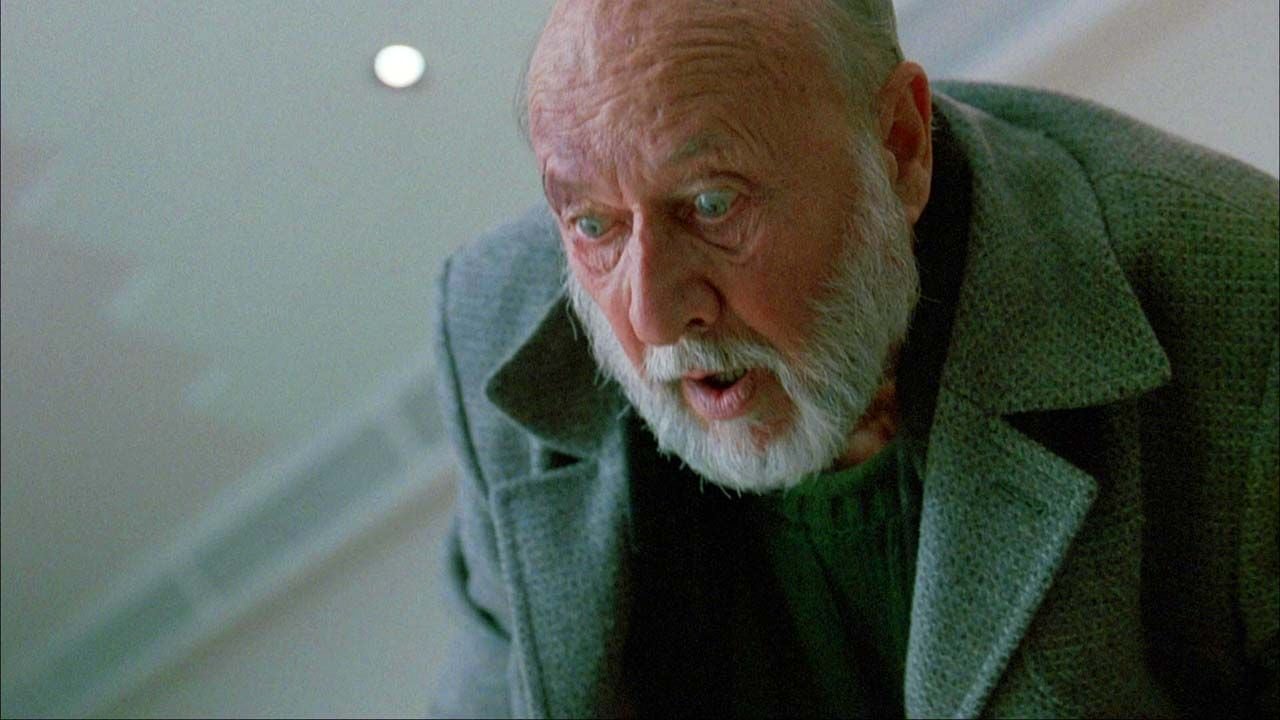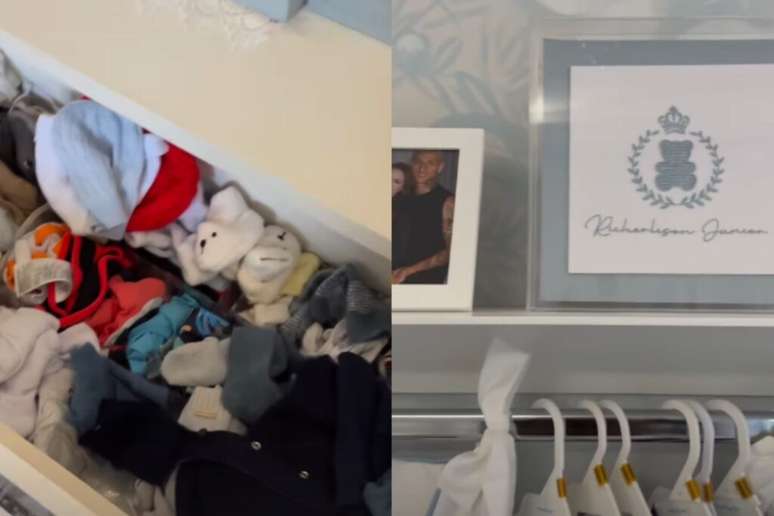Ricardo Coração de Leão loved drinking his Grüner Veltliner while admiring the landscape
Summary
Wachau Marathon cancelled due to flood risk and low temperatures. Wachau, a little-known wine region, is an hour from Vienna.
Hello, hello!!! Save yourself if you can.
I chose this topic because of the Wachau marathon that I was going to run on Sunday, September 15th.
I would go, as I just received an email from the organization informing that the race is canceled due to the risk of flooding of the Danube River, possible problems with boats and ferries, and overload for rescue teams and firefighters helping the race. And the temperature will drop below 10°C.
The clinking of glasses of white wine, the cheese platter, the falling leaves, the gentle and treacherous current of the Danube and thousands of years of history in the air. This is the Wachau in Austria, a little-known wine region an hour’s drive from Vienna.
The playlist”Wachau“There are only Austrian artists and I don’t know any of them. Who are STS, Wolfgang Ambros, Drupi, Josh and Hupert von Goisern? Press play to find out.
Wachau is the Austrian Burgundy
I bet you a bottle of Grüner Veltliner that you have never heard of Wachau, much less of this typical Austrian grape. Read “Varráu”, because in German the W sounds like a V and the CH sounds like an R that scratches the throat when pronounced.
We are in the Austrian Burgundy or in the Rhineland-Palatinate of German Rieslings, but these are the lands of Sissi and Mozart. An almost Viennese Alsace, an hour’s drive from the center of the capital.
The Wachau begins or ends in Krems heading towards Emmersdorf where the magnificent Melk Abbey, peremptorily perched, dominates the landscape, guarding, protecting and beautifying the entrance to this famous Danube valley.
Take a boat in Melk and go down the famous river that is not blue, passing through Spitz, Weißkirchen and Dürnstein until you reach the sisters Oberloiben and Unterloiben (ober = up and unter = down), home of the famous FX Pichler whose ampoules easily exceed 80 euros. Arriving in Krems, take the train back to the capital with the feeling of having seen one of the most fascinating valleys in the world.
Kremstal and Kamptal are adjacent and continuous wine regions. Tal in German means valley, i.e. Kremstal is the valley of the Krems River in Lower Austria, a tributary of the Danube. And the Kamp is another river that forms the Kamptal valley through which it flows. If you like white wines, the region is a complete dish, or a glass.
Richard the Lionheart
Dünrstein is the most charming town in the long Wachau Valley with its dominant blue church, medieval alleys and paths leading to the ruins of the fortress where Richard the Lionheart was imprisoned. It takes 20 minutes to go up and 15 minutes to go down, which is worth it for the breathtaking views. They say they only found out where Richard Lowenhart was being held after some passers-by heard him chanting in the local dialect and alerted their compatriots.
Richard I of England was known as the Lionheart due to his great achievements as a warrior and military leader. He reigned for almost 10 years, between 1189 and 1199, he died in battle after taking an arrow in the shoulder, as he did not like to wear armor.
He was the leader of the Third Crusade to the Holy Land, present-day Israel and Palestine, pillaging everything along the way. On the way back he was shipwrecked off the coast of Croatia and decided to return to Saxony through Austria, the land of his arch-enemy Leopold V.
Despite traveling in disguise and with only a few knights as squires, he was discovered in an inn in Erdberg, arrested, and thrown into the fortress of Dürnstein. He was imprisoned for fourteen months between December 1192 and February 1194 when he was sold to the Holy Roman Emperor, Henry VI, who released him after paying a cash ransom.
Ricardinho certainly went to celebrate freedom in a local tavern drinking all the Grüner and Riesling he saw.
The ransom was so high, equal to double the annual income of the English crown, that it bankrupted the country, causing the creation of numerous taxes in the years to come. Richard publicly repented of his sins, asked for forgiveness and was crowned once again. An ungrateful son, in 1194 he abandoned Queen’s Island, never to return.
Sean Connery played him in a 1991 film.
Austrian wines
With just over nine million thirsty inhabitants, Austrian wines are almost all consumed locally. There is little left for export as the group pours glasses every day.
In a global wine market dominated by a myriad of international grapes, Austria stands out for its own strains, such as Grüner Veltliner. Although full-bodied and complex, it pairs so easily with local cheeses and foods that it is worth exploring. The region has found success with excellent and classy labels with wines of great complexity, minerality, lots of personality and elegance.
Thanks to its continental climate, with long, harsh winters, where the temperature never reaches -20° C, and hot, short summers that reach 35° C, with sunny days, and constant Atlantic influence, the Wachau has an ideal microclimate for growing wines.
In the mid-1970s, the country really came onto the map and gained attention by adopting more modern winemaking techniques in the winemaking process. During the 20th century, Austria was associated with sweet mass wines (Grüner Veltliner and Müller-Thurgau), but producers have turned to dry, crisp styles that age very well.
This shift to drier wines was the result of the 1985 antifreeze scandal, when it was discovered that diethylene glycol was being added to some bulk wines, increasing their sweetness and body levels. The Austrian wine industry collapsed, losing its reputation, but thanks to stricter regulations the industry recovered and has flourished ever since.
Austria produces some of the world’s best dessert wines, such as the renowned ice wine Eiswein. They are made from naturally frozen grapes and fermented at very low temperatures for two months. The wines are aromatic, concentrated and sweet, and have a great level of acidity.
The ancient Nikolaihof winery is located in Wachau, where else? A producer of wines for more than two thousand years, it was also a pioneer of biodynamic wines. Since 1972, its precious liquids have been produced organically, without pesticides or chemical pesticides. One of its creations reached the impossible figure of 100 points in the ranking of Robert Parker, the pope of the drink Bacchus.
Before being a winery, the site was home to a Roman villa and the first church in the Italian Alps. Then a monastery that made the place very important for Catholicism over the centuries, where numerous historical documents were signed.
Must see and read
FILM: The Nose (The Perfume Empire) – Kim Nguyen (2014). The smell of cork.
The documentary shows how important smell is in our lives and how our emotions are strongly linked to it.
The other day I smelled a flower similar to the lady of the night and I was immediately teleported to the streets of the Santo Antônio neighborhood in Bosnia and Herzegovina where I lived as a child. There reigned the ladies of the night who dominated the late afternoon and early evening with their perfume, sometimes cloyingly strong, but undeniably suggestive.
The part of the brain that processes aromas is directly connected to the region of the brain where our emotions are processed. And the fact that this visceral connection is so immediate and primitive with our emotions means that, in practice, it is through emotion that we have our first contact with smell.
Have you ever smelled a smell that connected you to the past?
For those who love wines and the journey offered by their aromas, it is worth watching. You can find it on Netflix, but it is complete Here on YouTube.
BOOKS: Wine Stories – Taiana Jung & Rui Marcos (2021). Pera Manca, Margaux and Latour in an irresistible selection.
Author duo Taiana and Rui have traveled the world combining business with pleasure: visiting different countries and studying the wines of each region. There are 50 labels in 15 different countries, their stories, local culture and the facts that explain why some of them have become global icons.
Classics like Romanée-Conti, Barca Velha and even the more common and affordable Marqués de Riscal, as well as lesser-known labels with interesting histories, are profiled by the pair. Some labels are true works of art that many recognize from afar. There is even a Merlot that spent 14 months maturing in Earth’s orbit.
The book “Wine Tales” tells surprising stories, some with legends such as Robert Parker, Baron de Rothschild and Nicolás Catena Zapata. A must-have for anyone who wants to learn more about the infinite and fascinating world of wines.
The Ignorant: A Tale of Two Initiations – Étienne Davodeau (2014). Comics and Wine.
What happens when a cartoonist who knows nothing about wine decides to live with a small producer who almost never reads comics?
The result of the meeting and experience of over a year between Étienne Davodeau, comic book author, and the winemaker Richard Leroy is in “Os Ignorantes”.
Both agree that there are different ways to create a book and produce wine. In these two initiations, the power of comics and wine in bringing humans closer together becomes evident.
.
Source: Terra
Ben Stock is a lifestyle journalist and author at Gossipify. He writes about topics such as health, wellness, travel, food and home decor. He provides practical advice and inspiration to improve well-being, keeps readers up to date with latest lifestyle news and trends, known for his engaging writing style, in-depth analysis and unique perspectives.









